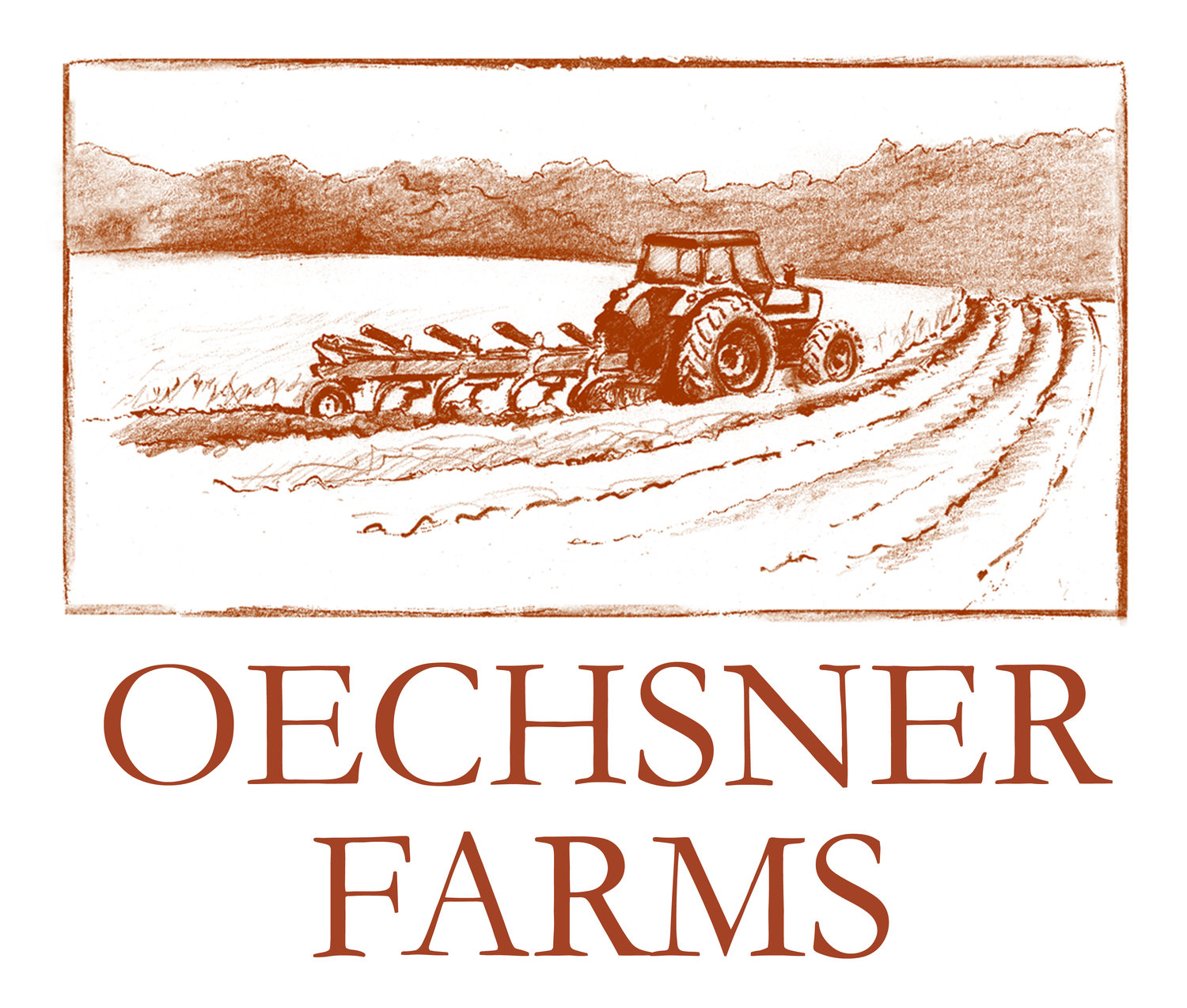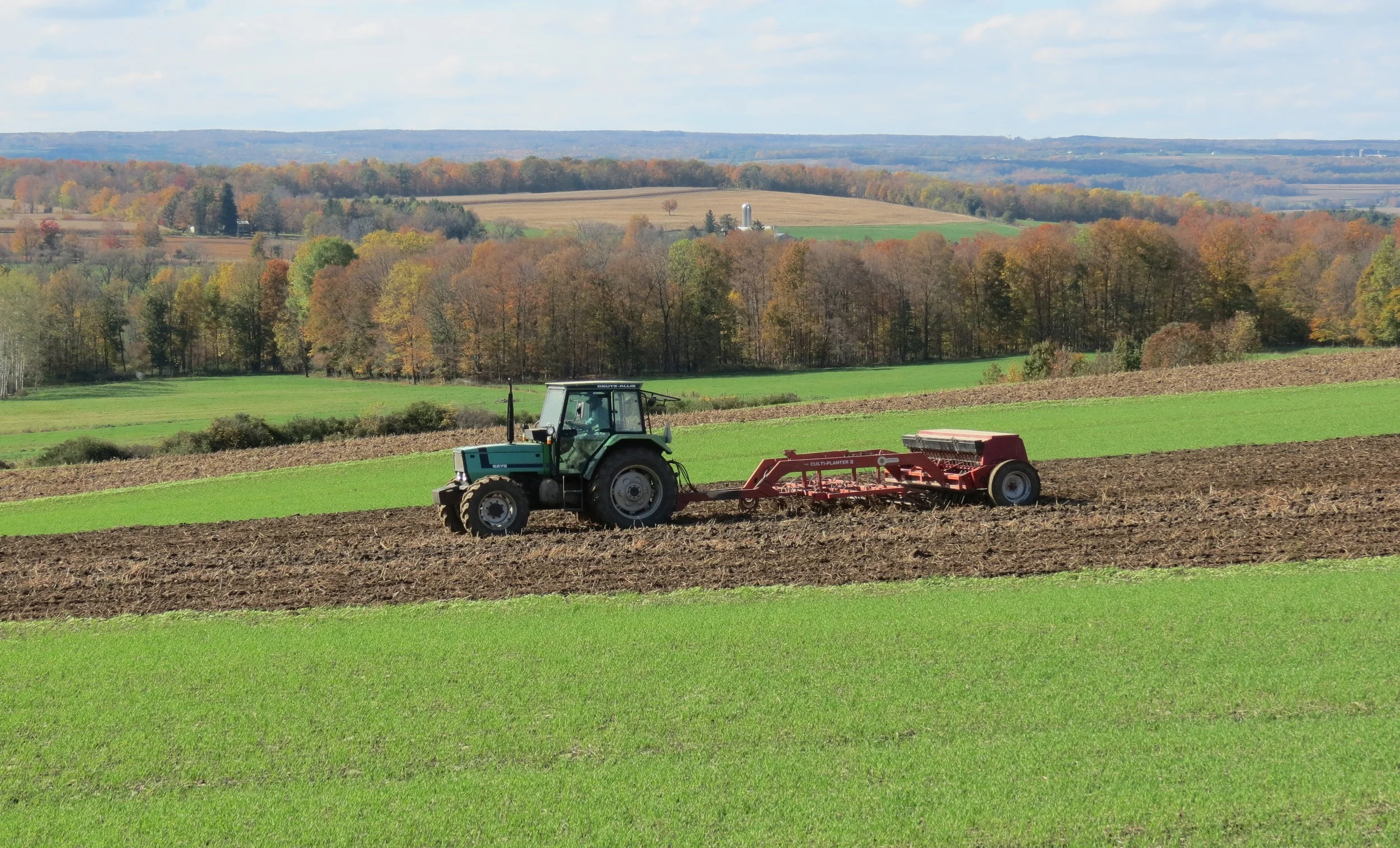History
Thor wanted to be a farmer since he can remember. He started farming in his parents' suburban yard after visits to his uncle's farm in rural Pennsylvania. Thor bought the 15-acre home farm that is now Oechsner Farms in 1991 and farmed part time, running a car mechanic business and teaching diesel mechanics to BOCES students. By 2003, he had enough acres in production and enough equipment in the shop – a combine, a few tractors, and plenty of implements – to devote himself fulltime to grain farming.






